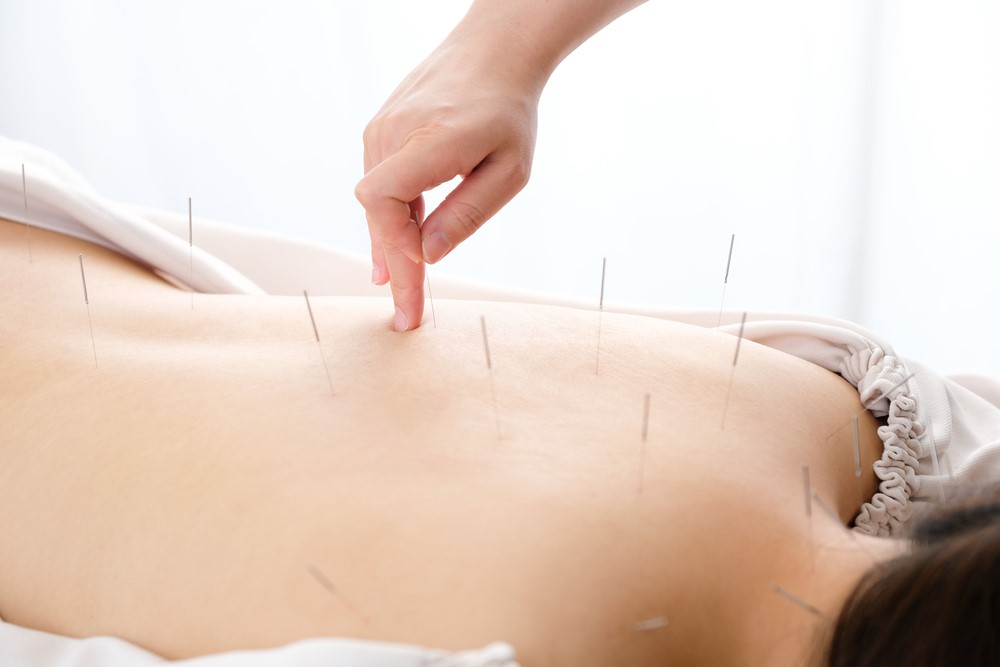Causes Of Back Pain
Muscle Strains
Are the most common causes of back pain
Ruptured Disc
A ruptured intervertebral disc, also called a herniated disc, is another common cause of back pain.
Discogenic Back Pain
Discogenic back pain is thought to be a common cause of back pain. Discogenic back pain is the result of damage to the intervertebral disc, but without disc herniation.
Spinal Stenosis
Spinal stenosis causes back pain in the aging population. As we age, the spinal canal can become constricted, due in part to arthritis and other conditions. If the spinal canal becomes too tight, back pain can be the result.
Spine Arthritis
Arthritis most commonly affects joints such as the knees and fingers. However, arthritis can affect any joint in the body, including the small joints of the spine. Arthritis of the spine can cause back pain with movement.
Spondylolisthesis
Spondylolisthesis causes back pain because adjacent vertebrae become unstable and begin to “slip.” The most common cause of spondylolisthesis is degenerative changes that cause the loss of the normal stabilising structures of the spinal column.
Osteoporosis
Back pain from osteoporosis is most commonly related to vertebra compression fractures. Osteoporosis causes weak bones and can lead to these fractures.
Acupuncture for Back Pain

TCM works to restore harmony and energetic balance to the body, stimulating natural healing and promoting health. Acupuncture is one of the primary modalities used, and treatment is individual to each patient.
When your practitioner treats your back pain with acupuncture, both local (at the site of pain) and distal (away from the area of pain) needles can be used to help resolve the problem. There are many local points on the back and often a practitioner will palpate your body to find the most sensitive spots and needle those. Other assisting treatment might include: electric stimulation of points, massage, cupping and herbs. Generally, it is advisable to have frequent treatment initially and taper off as the pain diminishes.
In the Western view, acupuncture stimulates the central nervous system (the brain and spinal cord) to release neurotransmitters and hormones. Inserting needles at acupoints stimulates various sensory receptors that, in turn, stimulate nerves that transmit impulses to the hypothalamic-pituitary system at the base of the brain. The hypothalamus-pituitary glands are responsible for releasing neurotransmitters and endorphins, the body’s natural pain-killing hormones. It is estimated that endorphins are 200 times more potent than morphine.
How long will the treatment take?
The frequency of treatment is a key element in achieving good results. In the UK, the patient can accept a treatment frequency of once or twice a week. Generally three to five treatments over a short period of time (2 – 4 weeks) are sufficient to effect substantial results.
In the acute stage, one treatment every other day is administered. In the chronic stage 2 treatments per week are recommended. In remission period once per week.
The preventive treatment is once a month. Normally, a course of 10-20 treatments is appropriate.
Assisting Treatment
Acupressure/Chinese Medical Massage
Acupressure helps to relieve pressure in certain muscles or along certain nerves and then the body begins to relax and the blood flows correctly. It will shorten the course of treatment and increase the good curative effect.
Herbs
Herbs help to maintain and enhance the effects of acupuncture in relieving spasm, local relaxation, stopping pain, calming and regulating the whole body. They also have anti-inflammatory effect. For inflammations in deeper tissues and joints, herbs are better in clearing inflammation than acupuncture alone.
Cupping
Cupping affects the body’s tissue up to four inches deep. This causes tissue to release toxins, clears blockages, activates the lymphatic system and helps to clear the veins and arteries. Cupping is thought to be the best form of deep tissue massage available.
Research & Evidence

The use of acupuncture to treat Back Pain has increased dramatically in the past few decades, based to a large extent on placebo-controlled studies that have validated it as a reliable method of pain relief.
The results of a study published in the Clinical Journal of Pain (Carlsson C, Sj˜lund B. Acupuncture for chronic low back pain: a randomised placebo-controlled study with long-term follow-up.
Clinical Journal of Pain 2001;17(4):296-305)provide further proof that acupuncture is a safe and effective procedure for low back pain and that it can maintain positive outcomes for periods of six months or longer without producing negative side effects that often accompany most traditional pain remedies.
They also observed improvement in activity levels, better sleep, and significantly less analgesic consumption in the acupuncture group compared with the group receiving a placebo treatment.
Researchers from the University of Maryland School of Medicine and the Peninsula Medical School, Plymouth, U.K., also analysed dozens of studies from around the world on acupuncture for low back pain.
“From our analysis, the message for people with chronic low back pain is that acupuncture is a truly effective therapy that provides significant pain relief,” says Eric Manheimer, study author and director of database and evaluation for the University of Maryland Center for Integrative Medicine.
Book Online
Booking your experience with us is quick and easy! Simply select your preferred service, choose a date and time that works for you, and fill out the required information.
